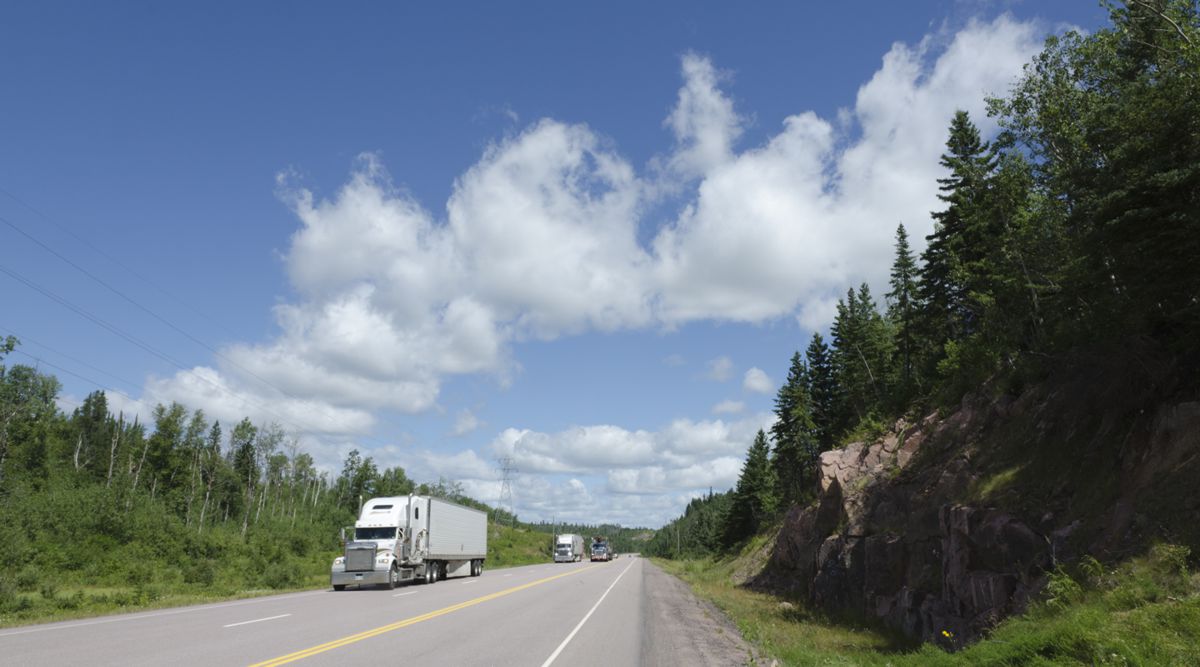
It is snowing, and the roads are slippery. One of your team members is about to hit the road, so you say, “Be careful out there!” as they depart.
You are about to head out for a wintry walk on the icy sidewalks of Calgary, and a friend texts, “Be careful!” before you bundle up and head out.
Did your chances of staying safe improve from the well-intended reminder?
The Safety Illusion – Looking Back
I was a relatively confident walker before I developed peripheral neuropathy (nerve damage) in my feet. This confidence was there even during Calgary’s frequent thaws and refreezes that leave ice in unexpected places.
Yet looking back, this confidence was often misplaced.
The reality was that mixed in with my memories of success, I had a few spills and even more close calls. Some of that illusion of safety was the inherent simultaneous ability of youth for balance – and to not break anything when you did fall.
Often, it was luck. Many times, it is where you live.
Peripheral neuropathy reduces the sensory feedback required to adjust footing on slippery surfaces quickly.
I am also not as young as I was – I don’t bounce as well when I do fall.
This awareness has increased my ability to relate to those who struggle with footing and balance.
Hope Is Not Safety
Every year, there is a surge in people falling and breaking wrists, elbows, and other bones during the icy season. Often, those breaks are nasty and require surgery and long-term rehabilitation. Sometimes lives are permanently changed. Once in a while, a fall results in death.
It can happen at any age.
 Maybe you’ve been sitting in a big truck driving all day, and your muscles haven’t woken up yet. Perhaps you are older or suffering from some peripheral neuropathy yourself. Or maybe you have an earlier injury that didn’t heal right. You have to park a distance away from the restaurant where you will grab some food and take a break – the part of the lot that doesn’t get much attention from salt and sand.
Maybe you’ve been sitting in a big truck driving all day, and your muscles haven’t woken up yet. Perhaps you are older or suffering from some peripheral neuropathy yourself. Or maybe you have an earlier injury that didn’t heal right. You have to park a distance away from the restaurant where you will grab some food and take a break – the part of the lot that doesn’t get much attention from salt and sand.
It can happen when you least expect it or in a single moment of inattentiveness.
Believe it or not, it can happen even if someone said “Be careful!” earlier.
Hope Is Not Training
Most people receive no training on how to walk on icy surfaces or how to notice dangerous conditions.
If you live in Canada and are human, society expects you to have acquired this skill. Yet abilities can change.
Most Canadian joke about it. About being tough enough to survive winter.
Yet, pretty much everyone has taken a tumble at some point. As children, we learn to fall early and then spend the rest of our lives trying to avoid it.
Hope Is Not Equipment
You can purchase over-the-shoe ice grips at many places. Usually, they have cleats or other mechanisms that can provide a better grip on ice.
The problem is you have to remember to bring them. You have to take the time to put the grips on.
If you need to transition between indoors and outdoors a lot, taking them off and putting them on is cumbersome and onerous. Maybe the path isn’t that bad.
So you cheat.
Yourself.
Because when you inevitably take the tumble – you are the one who gets injured.
Not your family member. Not your teammate. Likely not your boss. Certainly, not your employer.
They might care, but you will bear the pain.
There Is A Business Cost From Accidents
This article isn’t just about walking on ice. It is about how activities that seem routine can lead to accident precisely because they seem ordinary. We don’t take them as seriously.
It is about the total cost of preventable accidents.
The person who is unable to work for several months as they recover and go through rehab. It is about the work that doesn’t get done. The customers you may lose. The increased insurance cost. The cost of finding a temporary replacement. The risk of liability.
The cargo that spoils because the driver is out of commission.
The cost of permanent disability. The loss of life.
If it happens on the job, the employer has obligations and risks.
Workplace Safety – Being Careful On The Job
How often do we assume job functions will get safely done because “everyone should know how to do that?”
(Quite often.)
Being careful on the job requires more than hope.
It requires things like:
- Risk Analysis
- Compliance Understanding
- Policies and Procedures
- Training
- Equipment
- Improving workplace environment
- Preventative Measures
- Monitoring
- Enforcement
- Reminders
- Refresher training
The time to learn to use a fire extinguisher properly is not during a real fire. Nor is it twenty years ago.
The best time for training is just before you will need the skill, and the next best is recent.
Experts musicians still practice the basics like scales and precise finger placement. Usually, skills erode if not worked on. We get a little bit out of practice or sloppy.
Maybe we should take more time to learn to walk safely on ice. To practice the skills required to keep us safe.
Culture – Do The Hard Work
Take the time to build a culture of workplace safety.
Life throws enough obstacles at us. We don’t need to throw them at ourselves.
Then, “Be careful!” should be the icing, rather than the entire seven-layer safety-cake.
Hope is not a strategy.



